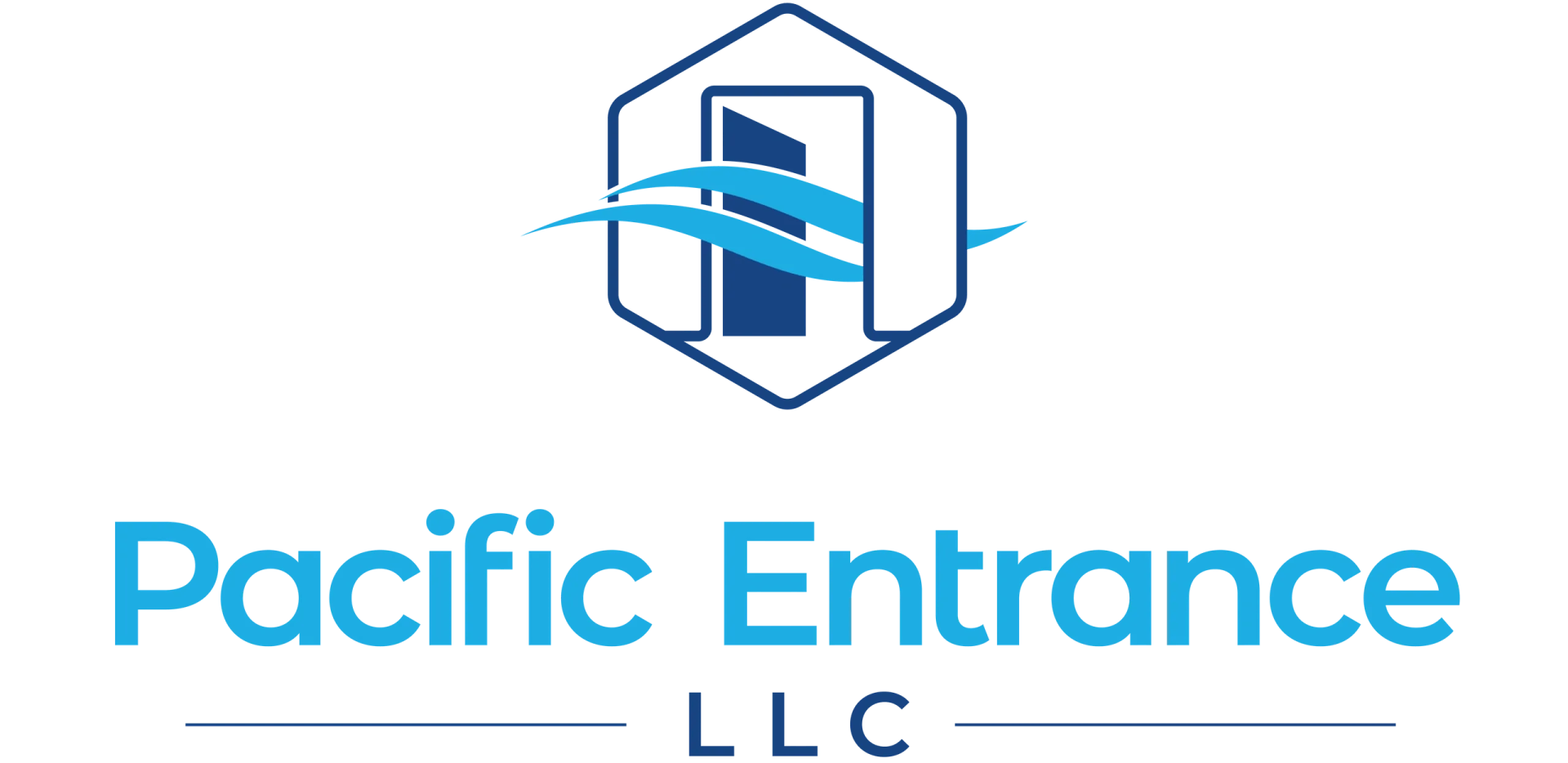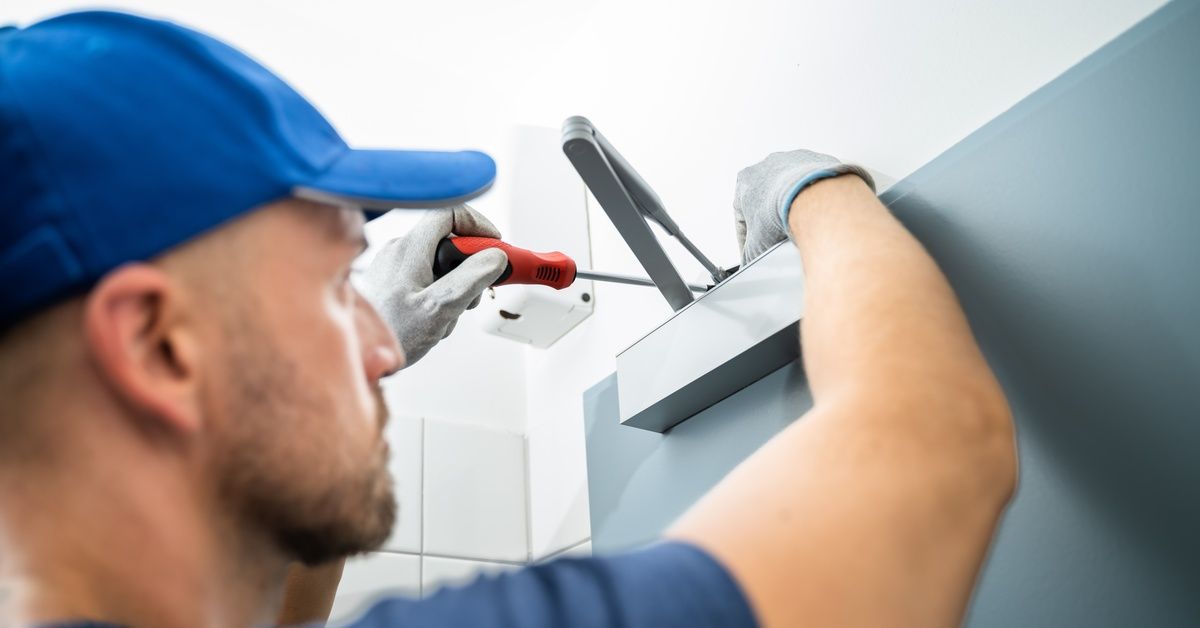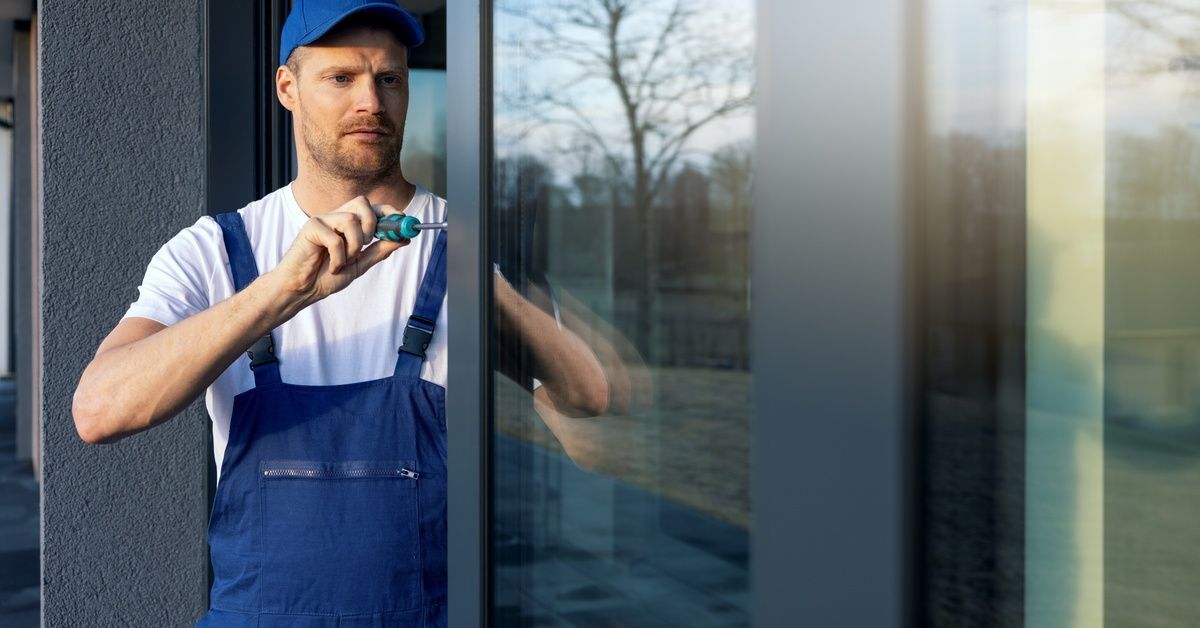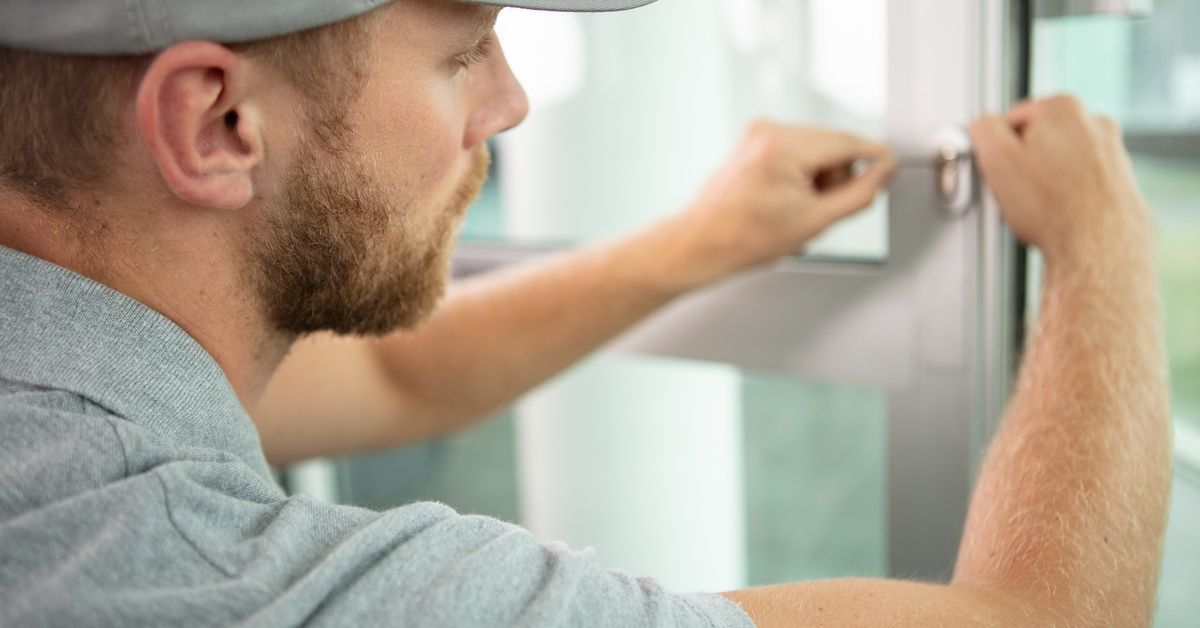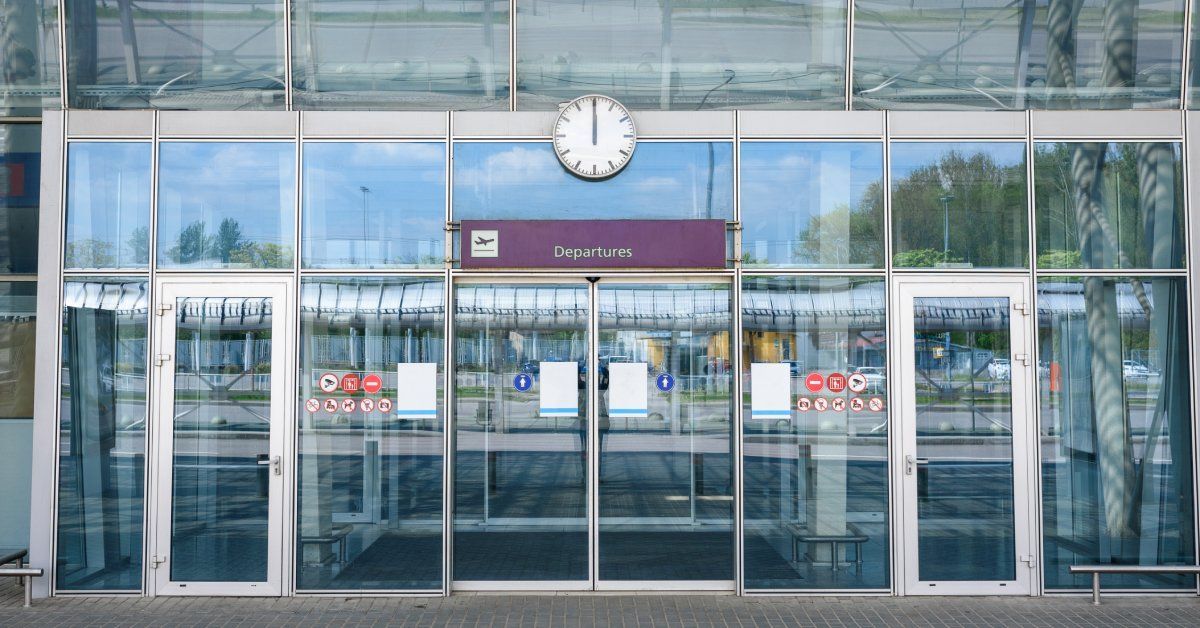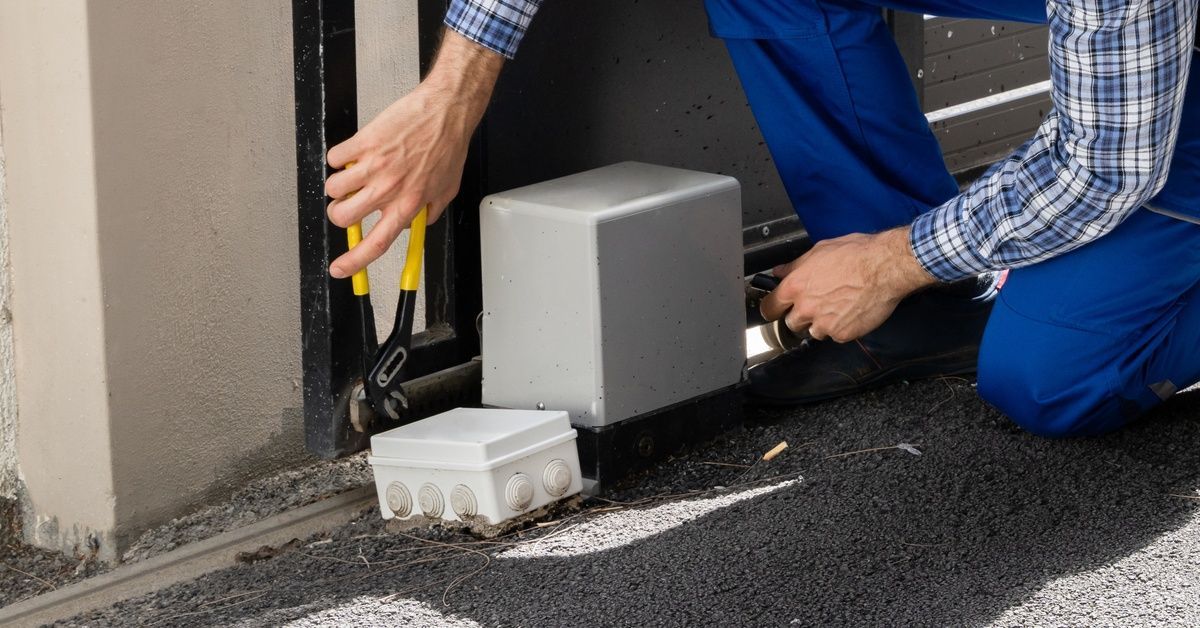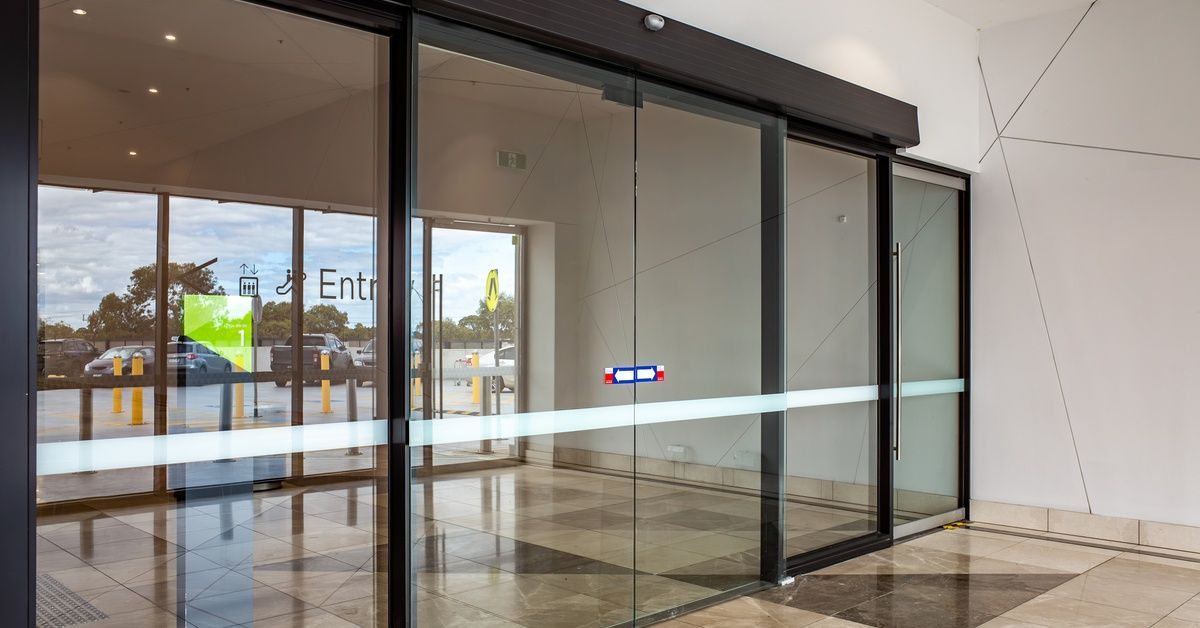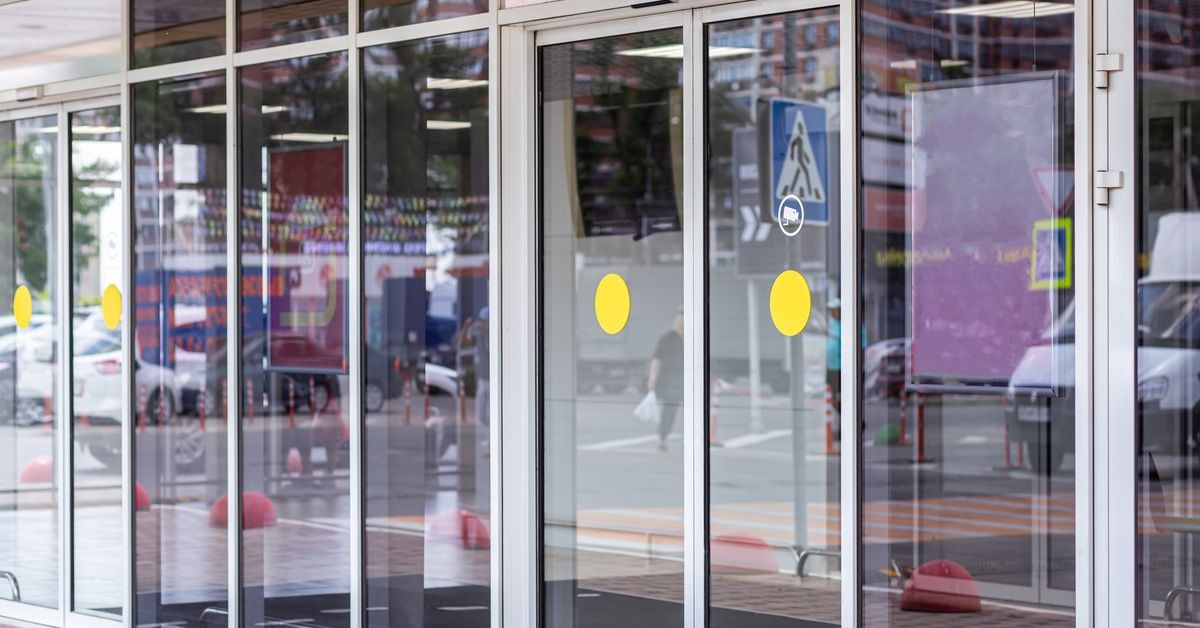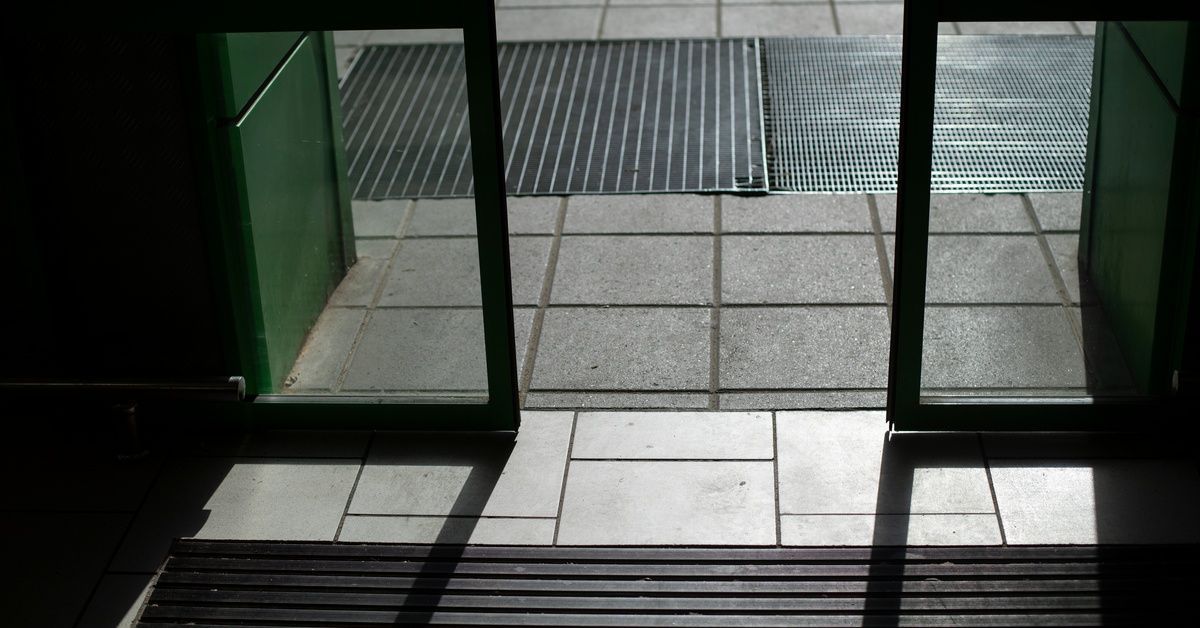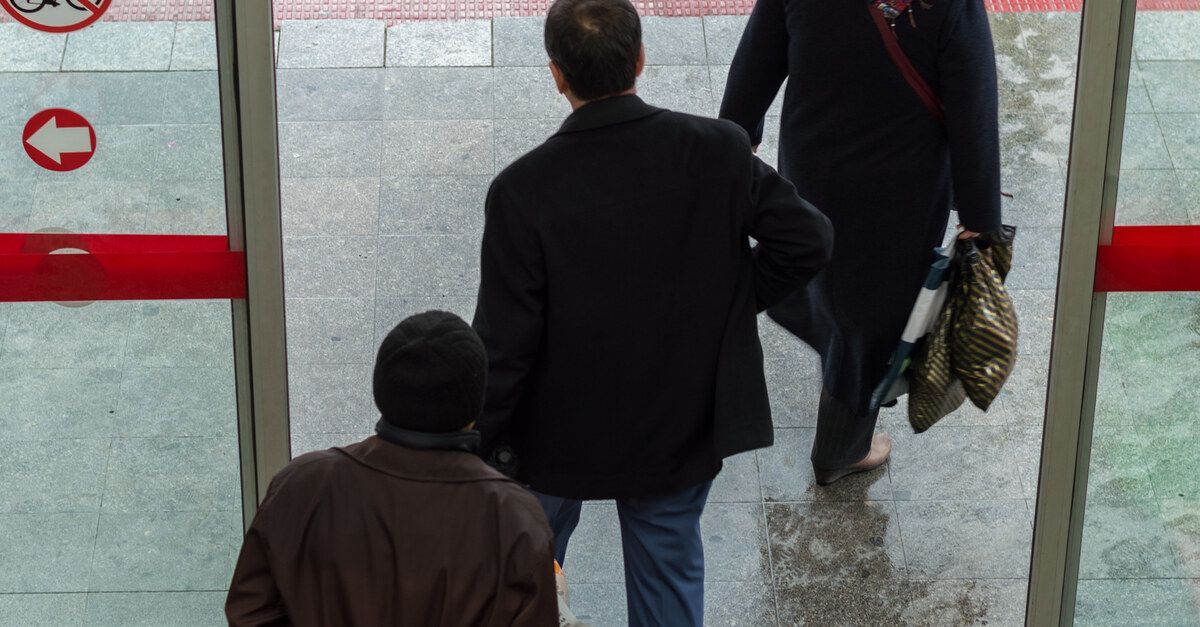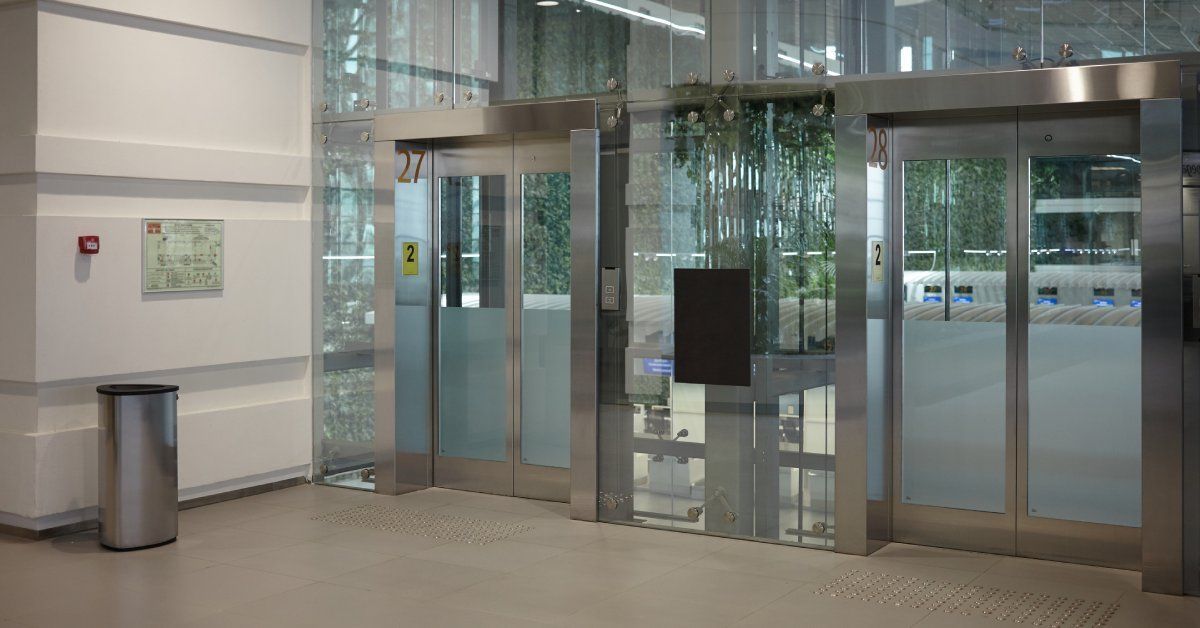How To Prevent Automatic Door Injuries in Your Building
Automatic doors serve a vital purpose for businesses across the country, but these machines can potentially harm visitors. Instead of limiting access to your office by avoiding automatic doorways, here are three tips on how to prevent automatic door injuries in your building.
Choose the Right Door for Your Business
It’s important to start by choosing the right door for your business’s needs. This means considering the people and objects expected to use that entryway and taking those factors into account as you pick a doorway size and automatic door style. For example, businesses expecting frequent, large deliveries should consider wider doors so that boxes and carts do not damage the machinery and cause issues in the future. If your business sees heavy foot traffic at consistent times in the day, a revolving automatic door tempts people to cram inside, whereas a sliding door lets everyone pass through.
Post Signage and Warnings
One essential safety measure that businesses need to consider is posting signage on automatic doors. Even a sticker declaring that the door is automatic warns guests that the door will move when they approach. Swinging automatic doors are heavy, and users need to know to stand clear of the door until it finishes opening. Power-assisted doors also benefit from instructions to alert visitors that no unnecessary force is required.
Keep Up With Repairs
The smartest thing a business with sliding doors can do when it comes to preventing automatic door injuries in your building is to stay on top of repairs. Ensuring the sensors still work properly each day and remaining conscious of any signs of damage is crucial to stave off the issues that cause injury. If your automatic doors are making strange sounds, not operating as expected, or show physical issues like cracked glass, reach out to repair experts right away.
Staying on track with maintenance and automatic door repairs is essential for several reasons, but safety is chief among them. Our team at Pacific Entrance services automatic doors, whether they are sliding, swing, revolving, or low-energy. With our 24-hour availability and experienced technicians, you can rely on us to help keep your visitors safe and your automatic doors working as expected.
